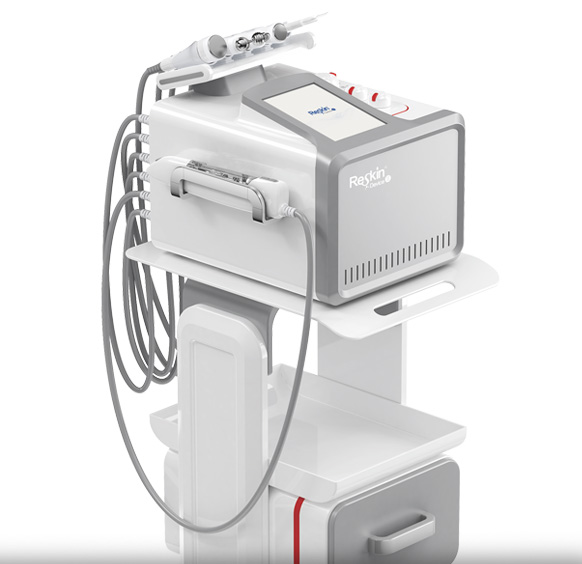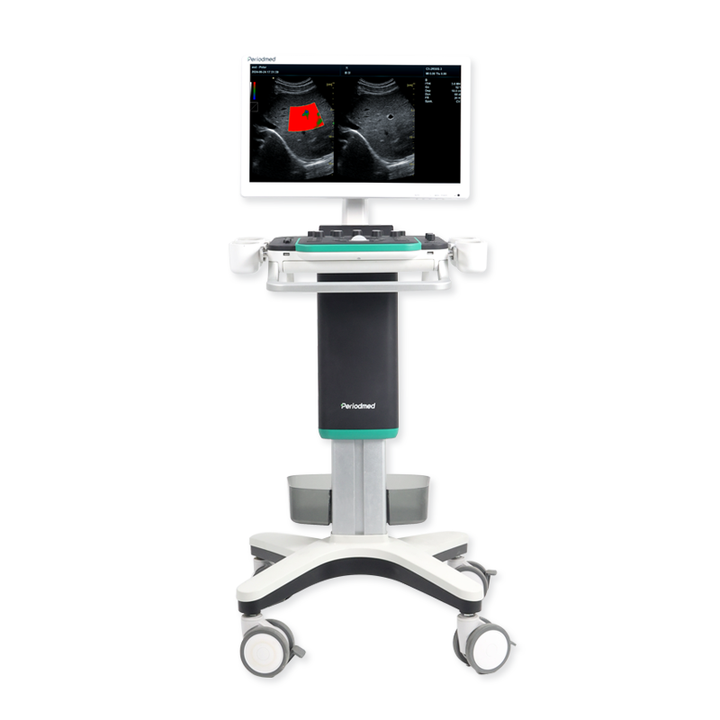Current status of high-energy density lithium battery thermal management
technology
Today at noon, I also had some simple exchanges with friends who are
professional in simulation. This is an active system, so we need to describe the
distribution of electricity and heat through some preoperative models.
The lithium battery industry attracts hundreds of billions of dollars.
Where does the golden compass point? The 2018 China International Lithium
Battery and Electric Technology Development Summit Forum will be held in
Shanghai on April 20-21. The conference is organized by: First Lithium Power
Grid, First Electric Vehicle Network, China Co-hosted by Charging Pile Network,
Lithium Battery Hundred Talents Association, and He Li Exhibition, at the same
time: China International Electric Vehicles and Charging and Swap Technology
Summit Forum, this conference more than 40 guests attended the speech sharing,
more than 500 guests attended, and more than 20 companies Set up booths to
promote the latest technologies and products.
Good afternoon, everyone. I am Peng Gangrou from Tianjin New Energy.
Today’s content is a lot and I have gained a lot! Allow me to introduce our
company, which is a battery manufacturer and a national high-tech enterprise
located in Shenzhen. Thirteen years have passed since 2006, and 100 companies
have independently innovated. As a conscientious soft-pack enterprise, we have
made a sort of as far as possible of these common battery forms. There are a lot
of discussions between peers and end customers, but everyone’s mindset is still
a bit more open. Any battery can be suitable for application scenarios. Back to
today’s topic, first I will briefly describe why this matter is discussed. ,
Some background information, and then briefly talk about the design process of
thermal management, then expand it, and finally make a subsection.
From now to the not-too-distant future, higher requirements have been put
forward for the cruising range of new energy vehicles and the energy density of
power batteries. In such a process, opportunities and challenges coexist, heat
production increases, the requirements for heat dissipation will also be high,
the use scene is complex, and maintenance is difficult. Especially for some
users in our homes, such complex scenes have also brought a series of
difficulties to users. Thermal management is a very important link. Such a
picture presents you the process of system thermal management. Opportunity is
the limitation of the space quality of the entire battery pack. In the following
part, I will elaborate on the design process based on simulation and the
selection of new materials.
Today at noon, I also had some simple exchanges with friends who are
professional in simulation. This is an active system, so we need to describe the
distribution of electricity and heat through some preoperative models. On the
whole, the mathematical form is relatively simple, and at the same time, the
distribution of the battery can be captured, and then the temperature
distribution can be obtained. Through a series of NTGK models, we can know
whether the battery is designed to be sufficiently balanced. It is usually
possible For a battery pack, some batteries will have a short version effect.
The same is true for our single battery part. Through such a UI, we know whether
the design is reasonable.
What can be felt through this model, first of all, we can optimize the size
of our cell. It is a thermoelectric coupling model, which can simplify the
entire workflow. This is the battery distribution of a certain battery on
display after a period of time. This is a case of showing a single battery.
Sometimes we may be more efficient through some dimensionality reduction
analysis. This is left for further discussion with you later. In the actual
process, we face different requirements of battery packs, and our response
measures are also different. This shows the different design strategies we adopt
when we encounter different requirements of battery packs. For a thermal design
engineer, inaction or excessive design is wrong, and only matching the actual
situation is the correct way to work.
We will control the temperature difference of the battery within 5 degrees,
try our best to adapt to a wider range of applications, and ensure the
convenience of use. This is the standard we have been practicing and our
commitment to our customers. Throughout the design process, we have to consider
how the electrical channel is constructed, what should be done where I need to
conduct heat, and what should be done where I need heat insulation. There is
another more important point here. In this design process, we may face various
components. In the selection process, can we make some smarter designs? In this
way, we and the battery pack The design will be cleaner and more efficient.
Adopting a modular design is very beneficial to maintaining the flexibility of
the design. At the same time, the use of some high thermal conductivity
materials can also ensure that the heat of the battery is transferred to the
external heat transfer channel. After such materials are cured, they can also
provide us with a relatively good and relatively safe environment.
Everyone knows that PACK is a common heating option when our battery is
heated. Can we achieve precise control through some good mechanical design, and
heat it when I need to heat it, which plays a good role. The role of heat
conduction, and bear a certain strength requirement. In this way, the design of
the entire battery pack may be more concise.
Here are some commonly used heat conduction and heat insulation materials.
These are a weapon in our work. If we want to design or influence the battery
pack, these are all we can use. Things, the quotation and application of new
materials are also very important.
Then I will make a conclusion directly. Establishing a complete thermal
management design process is very beneficial. In addition, the use of simulation
tools and new materials are also helpful to the development and realization of
thermal management. So that's all for my report today. Thank you.


































